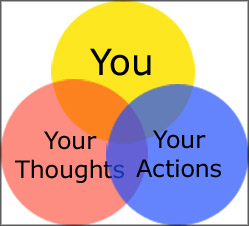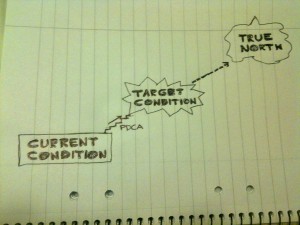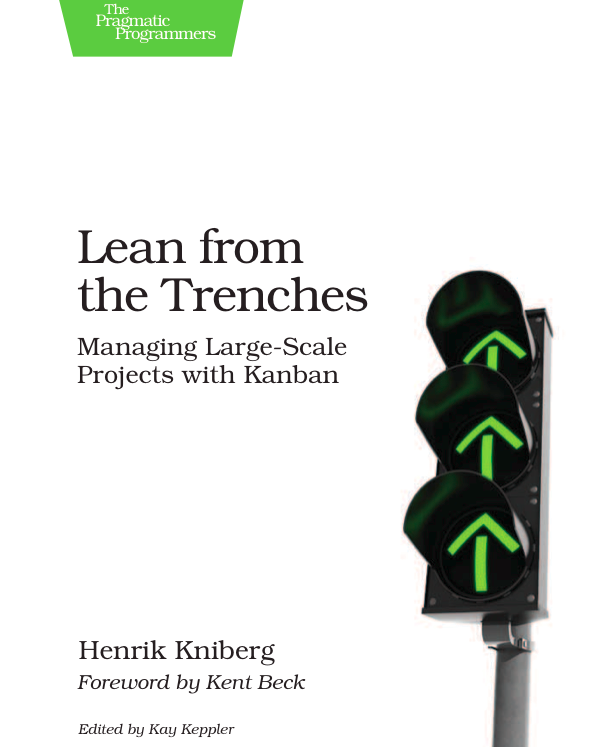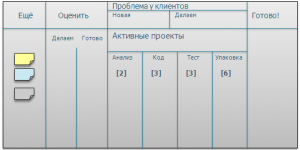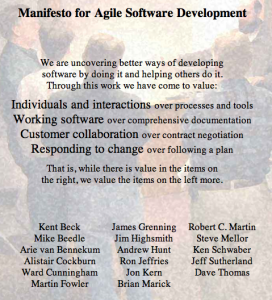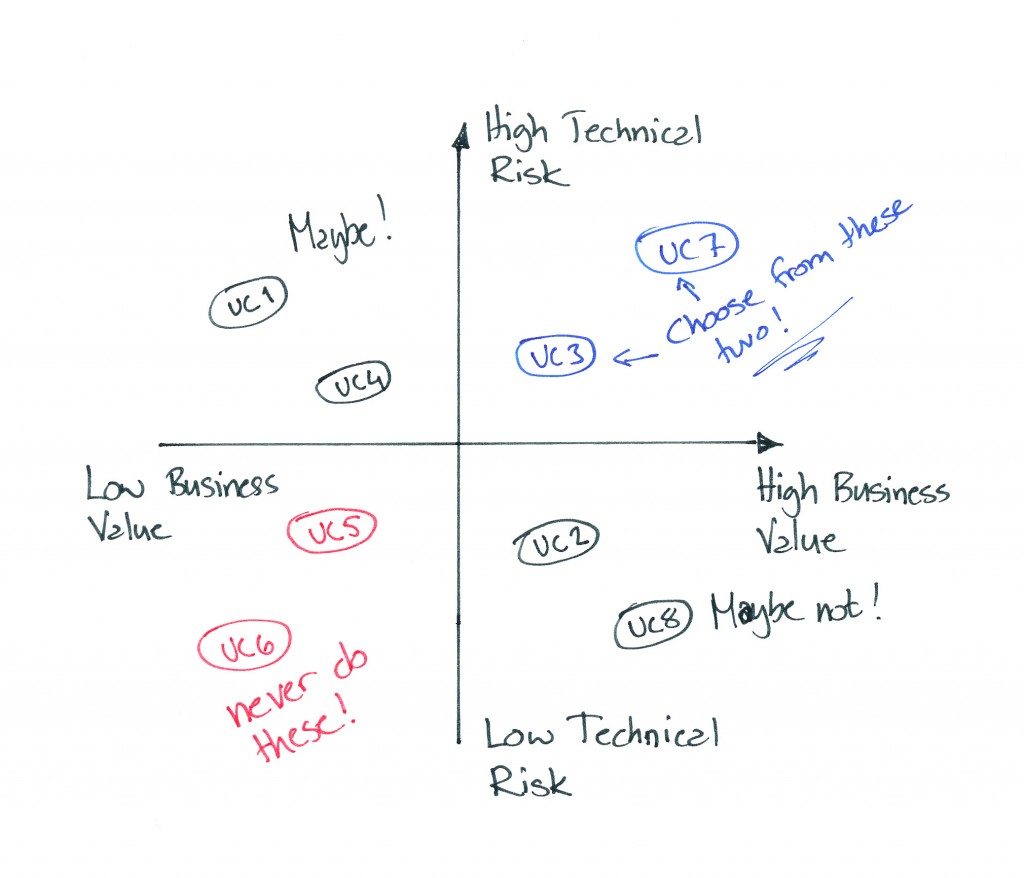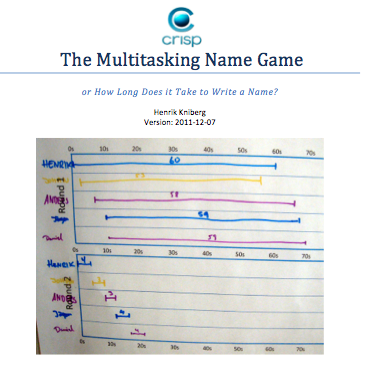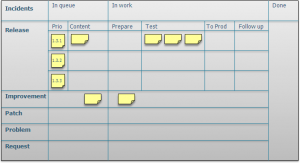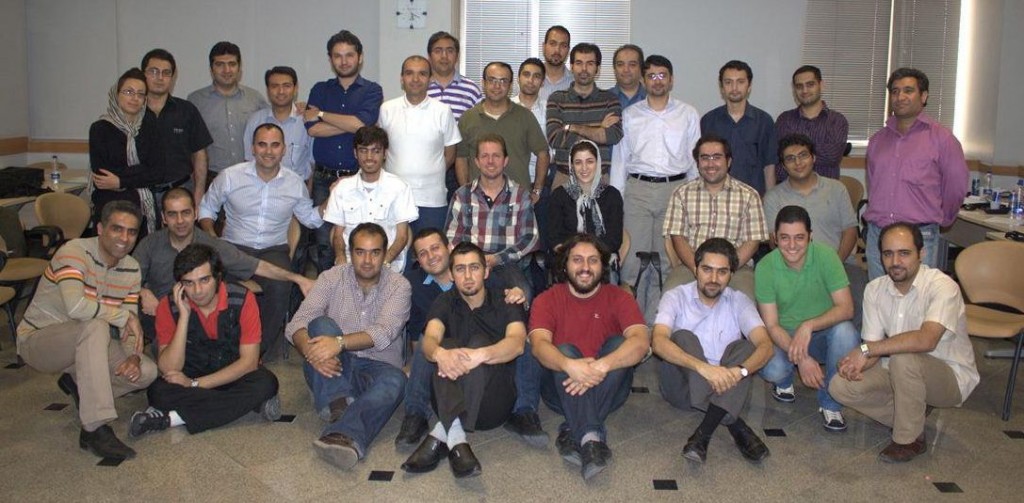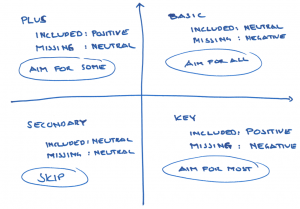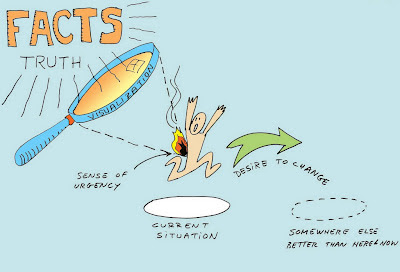
I am currently working as a Scrum Master for multiple teams at Projectplace in Stockholm, Sweden. One of those teams is the Mobile Team. They are developing Action Boards for both iOS (iPad) and Android platforms. These Action Boards are also available in the Customer Preview of the Projectplace web service. Both Web Team and Mobile Team share the same API’s. The iPad app is planned to be released in 2-3 Sprints from now.
This case study can be written from many perspectives, but in this article I am going to focus on how we are working with the challenges of having a distributed Scrum team.







